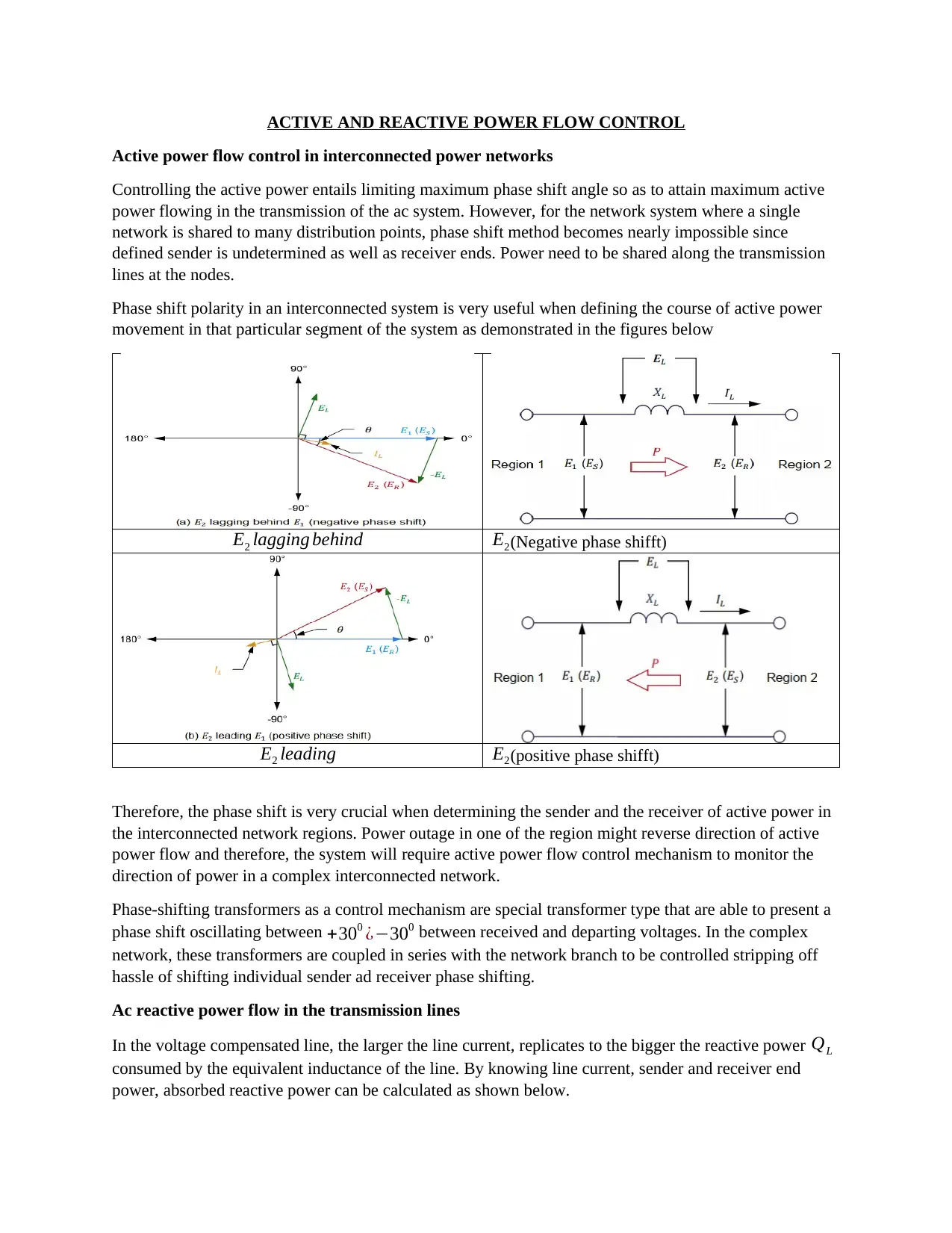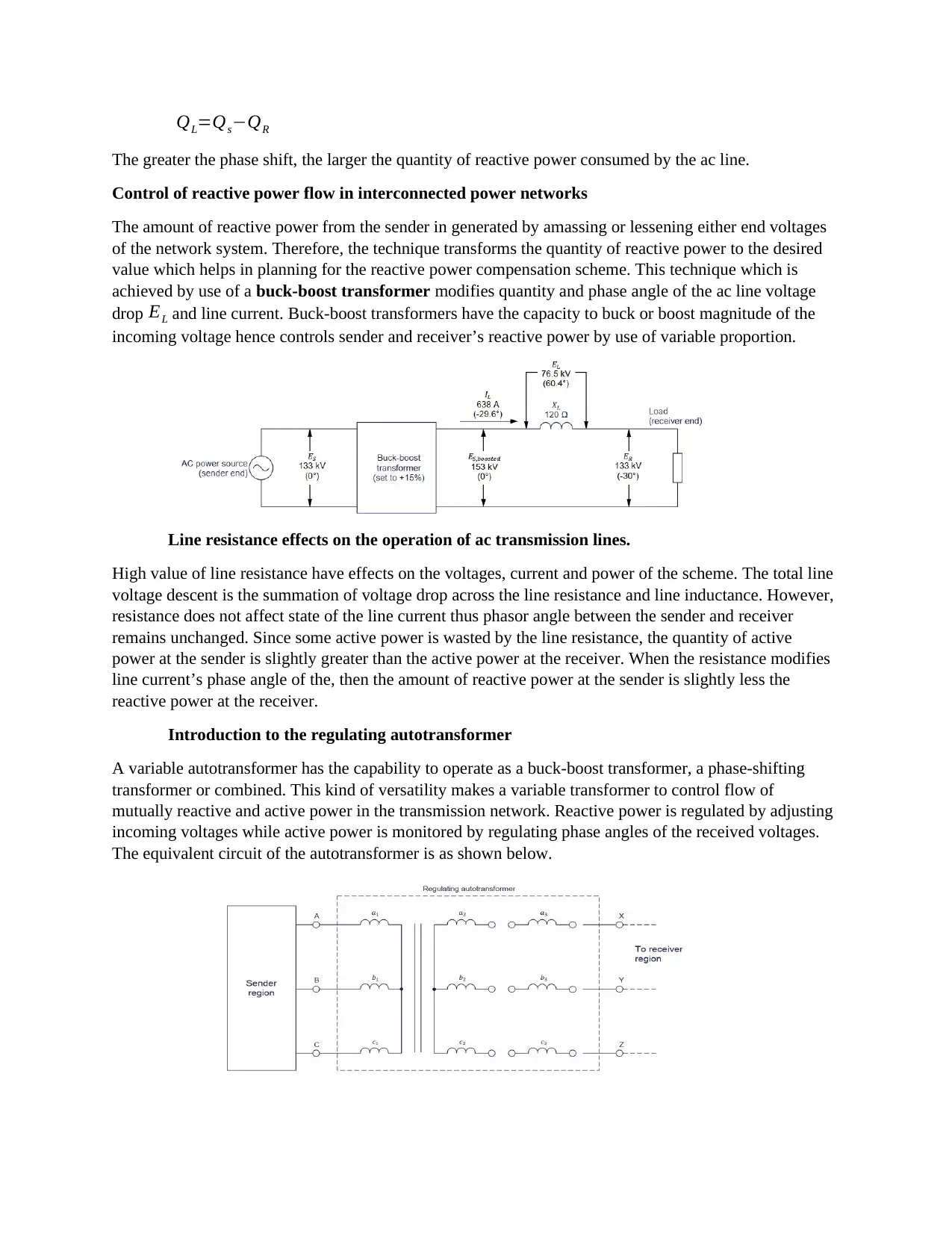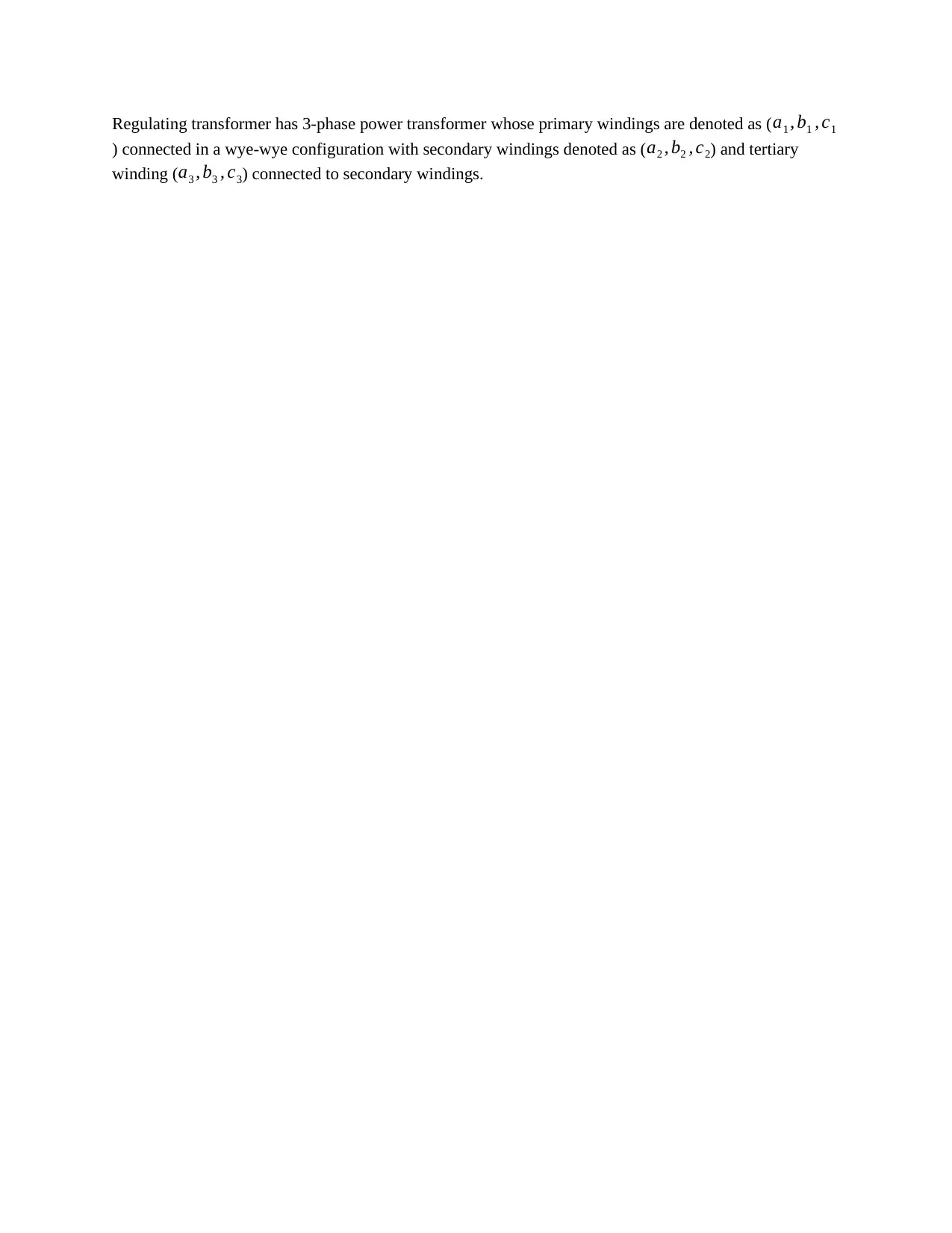Analysis of FACTS Devices and HVDC Power Transmission
VerifiedAdded on 2022/11/18
|3
|680
|170
Homework Assignment
AI Summary
This assignment delves into the intricacies of active and reactive power flow control within interconnected power networks, with a focus on FACTS devices and HVDC systems. It explains the importance of phase shift angles in controlling active power and how phase-shifting transformers are crucial in determining the sender and receiver of active power. The assignment also covers reactive power flow in AC transmission lines, emphasizing the impact of line current and phase shift on reactive power consumption. It discusses the control of reactive power using techniques like voltage adjustments and buck-boost transformers. The effects of line resistance on voltage, current, and power are examined, and the introduction of regulating autotransformers, which can function as buck-boost or phase-shifting transformers, is also provided. The assignment also covers the use of FACTS devices such as SVC and STATCOM and HVDC (high voltage DC) system.
1 out of 3










![[object Object]](/_next/static/media/star-bottom.7253800d.svg)